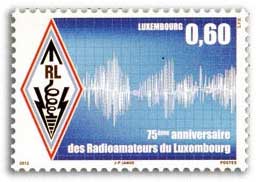As other nanowave enthusiasts have told me, it is very useful when experimenting with light beams at 481THz to have some sort of lab test range that allows repeatable sensitivity measurements. So, today I rigged one up.
Up on the ceiling of my "lab" I've semi-permanently fixed a standard brightness LED fed via a 1K resistor with a 1kHz tone from my 0-1MHz audio/LF generator. I can now adjust the output until the LED is only just visible to the naked eye, with difficulty, when the room is totally dark. I then place my optical heads (without lenses) on the same spot on the workbench aiming upwards to the very
very dim light. The spacing is about 1.5m. I had to check that the signal being picked up was optical and not inductive coupling from the wiring. With this setup, my most sensitive detector can detect the beam at around S2 in a pair of headphones.
I've been experimenting with the drain current of the detector FET and with optimisation of the post cascode stages of my KA7EOI head and may have made 1-2dB S/N improvement. With this test setup I can make very repeatable sensitivity measurements. However, as the tests require TOTAL darkness I have to judge the S/N by ear. My laptop could be set up outside the room with a long screened audio lead allowing Spectran to be used to measure quantitatively the S/N but I'd have to ensure the darkness of the room is preserved. For an example of this see
http://reast.asn.au/optical/Light_Preamp_Performance_Comparisons_20071119.pdf .
At least now I can do lots of initial tests at home and only venture into the field when I have good confidence in the system performance.






